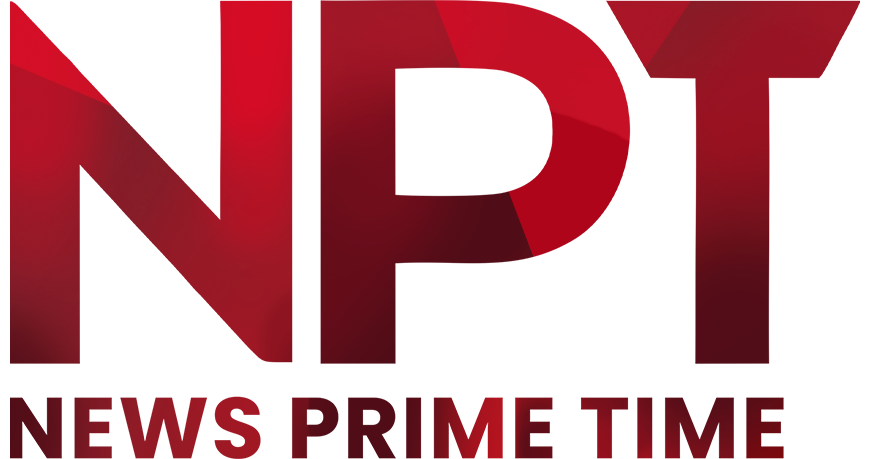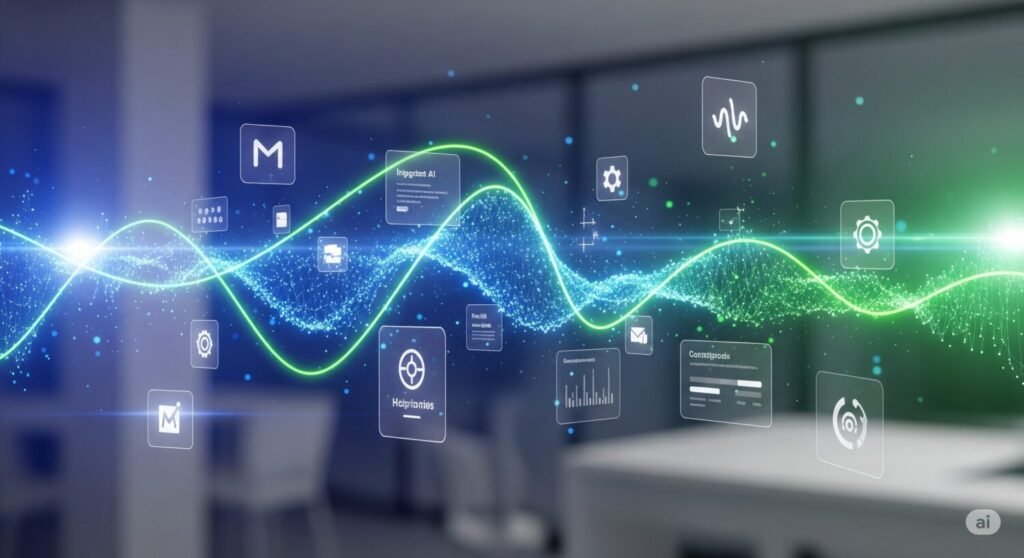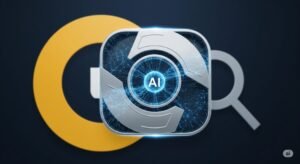Explore Microsoft’s exciting vision for Windows in 2030! Discover how your computer might anticipate your needs and seamlessly integrate into your life.
Microsoft recently offered a glimpse into what the future of computing might look like with their vision for Windows in 2030. It paints a fascinating picture where our computers become much more intuitive and integrated into our daily lives. Imagine a device that understands your needs even before you do! This is the core of Microsoft’s vision – a proactive and deeply personalized computing experience.
Anticipating Your Needs
One of the key aspects of Windows 2030 is the focus on anticipatory computing. Your computer will likely learn your routines, your work patterns, and even your personal preferences. For instance, if you regularly work on a presentation every Monday morning, your device might automatically open the relevant files and applications even before you sit down. Furthermore, it could potentially remind you of important deadlines or suggest relevant information based on your ongoing tasks. This level of proactivity aims to make computing a much smoother and more efficient experience.
The Power of Integrated AI
Artificial intelligence (AI) is expected to play a much larger role in Windows 2030. Imagine having an intelligent assistant built directly into your operating system that can help you with a wide range of tasks. For example, it could summarize long documents, schedule meetings based on everyone’s availability, or even help you draft emails. Additionally, AI could personalize your learning experience, offering tailored tips and resources based on how you use your device. Also, think about language barriers becoming a thing of the past with real-time translation capabilities integrated seamlessly.
Seamless Connectivity Across Devices
In the future, your Windows PC will likely be even more connected to your other devices, such as your smartphone, tablet, and even smart home devices. For instance, you might be able to start a task on your phone while commuting via the Delhi Metro and seamlessly continue working on it when you reach your computer at home. Moreover, file sharing and data synchronization across devices are expected to become even more effortless. Therefore, the entire ecosystem of your devices will work together in a much more harmonious way.
A More Natural User Experience
The way we interact with our computers could also evolve significantly by 2030. We might see a greater emphasis on natural language processing, allowing you to interact with your device using voice commands more effectively, similar to how many of us use voice assistants today for setting alarms or playing music. Furthermore, advancements in touch and gesture controls could provide more intuitive ways to navigate and interact with applications, especially on devices like 2-in-1 laptops that are becoming increasingly popular in India. Also, accessibility features are expected to be more advanced and personalized, catering to a wider range of user needs.
In conclusion, Microsoft’s vision for Windows 2030 paints an exciting picture of the future of computing. It’s a future where our devices are more intelligent, more connected, and more seamlessly integrated into our lives, ultimately making technology work more intuitively for us. This evolution promises a more productive and user-friendly computing experience for everyone, including users right here in Kurukshetra and across India.









